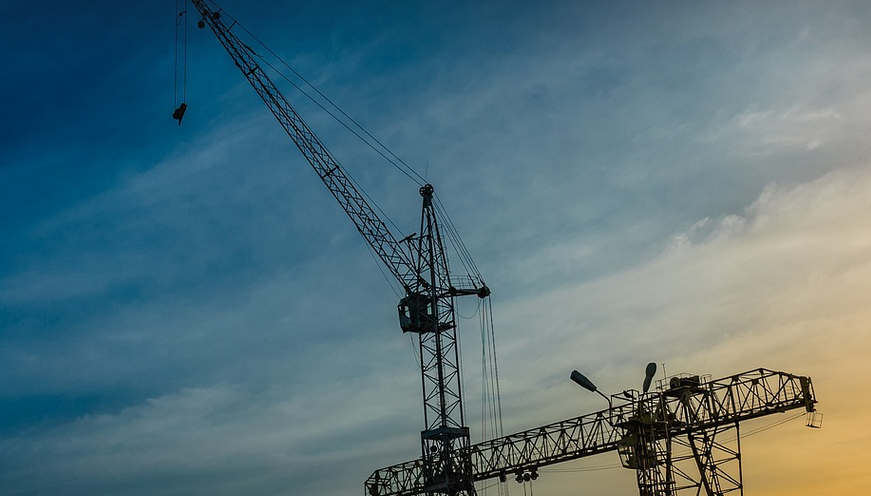Keeping Your Projects Solid: The Importance of Inspection Tools
You’ve poured your heart and soul into building that beautiful piece of machinery, crafting a stunning weld for your art project. You’ve put in the hard work, the sweat and tears, but now you need to ensure it stands strong, ready for real-world use. This is where welding inspection tools come in; they play a crucial role in making sure your welds are solid, reliable, and built to last.
Welding inspections are more than just a formality – they’re the cornerstone of quality control. They help you catch potential flaws before they cause major problems down the line. Think of them as the detectives of the weld world, sniffing out any hidden inconsistencies that could impact your project’s performance.
The right welding inspection tools are your go-to companions for this detective work. But with so many options available, it can be overwhelming to choose the right ones for your specific needs. Let’s delve into the fascinating world of welding inspection tools and understand why they matter so much.
A World of Inspection Tools: Unveiling the Arsenal
Welding inspectors utilize a diverse arsenal of tools to achieve their objective, each designed to tackle different aspects of the weld. The key categories include:
- Visual inspection tools: These are your first line of defense. Magnifying glasses and hand-held lights help you spot any visible defects like cracks, gaps, or undercuts in the weld.
Beyond the visual, many other instruments come into play:
- Eddy current probes: These devices detect magnetic fields that indicate flaws in the weld’s structure. They’re perfect for finding hidden imperfections in a weld where there might be a lack of penetration.
The heart of welding inspection is often found in these tools:
- Ultrasonic testing instruments: These are like the X-rays of the welding world, using high-frequency sound waves to penetrate the weld and reveal any internal voids or cracks.
- Radiographic techniques: Radiography uses invisible radiation (usually X-Rays or gamma rays) to visualize internal flaws in the weld. For this, you can rely on specially designed equipment that allows for controlled exposure and capture of images.
Why Choose The Right Tool?
The choice of welding inspection tool depends on several factors, and it’s important to understand how each one impacts your inspection process:
1. Weld Type & Complexity: Complex welds may require more sophisticated tools like eddy current probes and ultrasonic testing. Simple butt joints might only require standard visual inspection or perhaps even handheld devices.
2. Material Thickness & Composition: The thickness and composition of the material being welded influence the choice of tools. For example, thicker materials may need more powerful equipment to penetrate deeply and assess their integrity
3. Inspection Depth Required: Some welds require deeper inspection than others. Ultrasonic testing can help identify flaws in a weld that are not easily visible with the naked eye. Radiography is the gold standard for this kind of examination.
4. Specific Defect Types**: Identifying the specific defects you’re concerned about will help you narrow down your tool choices. Do you need to find cracks, porosity, or lack of fusion? Different tools excel in different areas
Beyond Tools: The Importance of Skill
Remember, inspection tools are just one piece of the puzzle. Expertise is equally important for a successful weld inspection.
- Experience and Training**: Welding inspectors must be adept at using various tools and techniques to ensure accuracy in their findings.
The key takeaway: Invest in quality training to master the art of welding inspection. Learn from experienced professionals and develop your skills to confidently identify potential problems before they become major issues.
The Future of Welding Inspection
Welding technology is always evolving, and so are our inspection tools. Here are some exciting trends shaping the future of welding inspections:
- Automated Inspection Systems: These systems use AI-powered software to analyze weld images and identify defects faster and more efficiently than manual techniques.
3D Laser Scanning & Modeling**: Imagine creating a digital replica of your weld. 3D laser scanning allows for the creation of detailed models that can be analyzed by professionals, providing insights into the weld’s internal structure and identifying potential flaws before they even occur.
Wrapping Up: Inspecting with Confidence
Welding inspection is an essential part of building high-quality projects. The right tools and techniques are your allies in this journey. Invest in quality inspection tools and learn from experienced professionals to ensure your welds stand the test of time.
As you embark on your next welding project, remember that each weld deserves meticulous attention. With the help of these essential tools and the expertise of skilled inspectors, you can build a solid foundation for projects that will last!
